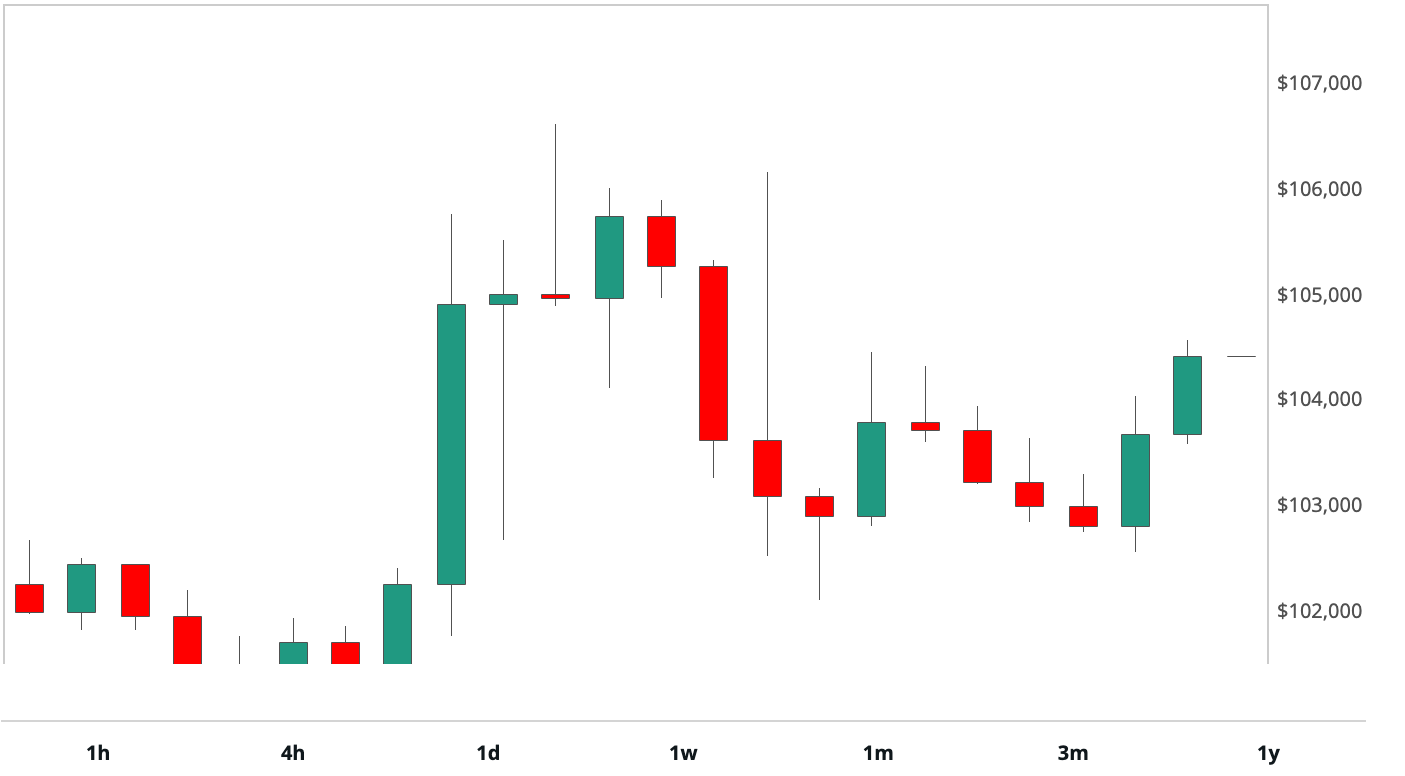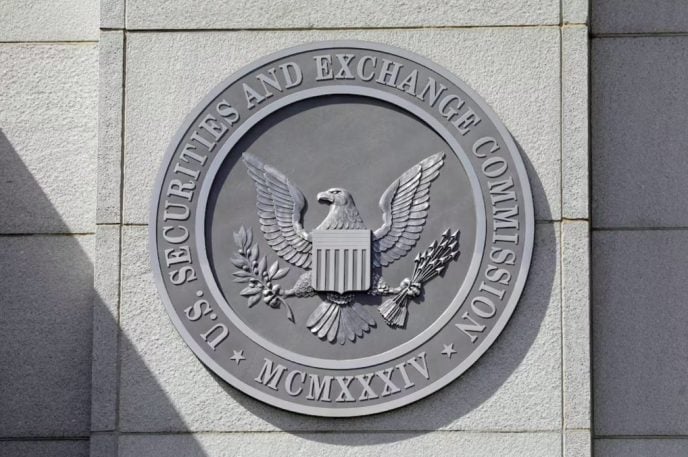ARTICLE AD
The surge in net inflows into Bitcoin ETFs reflects a growing acceptance and integration of Bitcoin into mainstream investment portfolios.
The crypto market witnessed a remarkable milestone on Thursday, February 8 as the spot Bitcoin Exchange-Traded Fund (ETF) recorded $403 million in net inflow. This surge in investment activity represents the highest inflow since January 17th, according to data from Farside Investors.
BlackRock’s Bitcoin ETF Takes the Lead
Leading the pack was BlackRock Inc‘s (NYSE: BLK) IBIT, which saw an inflow of $204 million. Following closely behind, Fidelity Investment’s FBTC demonstrated a noteworthy uptick with $128 million in net inflows. Bitwise’s ETF also showed strong performance, recording a net inflow of $60 million. Ark Investment’s ETF had its second most robust day, gathering $86 million in net inflows. However, Grayscale GBTC recorded $101.6 million in outflows, reflecting a contrasting trend.
With these latest inflows, the total net flows for all Bitcoin ETFs have now surpassed $2.1 billion. Within less than a month of trading, the nine newly launched spot Bitcoin ETFs have accumulated over 200,000 Bitcoin in Assets Under Management (AUM), excluding Grayscale’s converted GBTC fund.
K33 Research reported that as of Thursday’s close, these nine ETFs collectively held 203,811 Bitcoin, equivalent to approximately $9.5 billion. Notably, the total net inflow to US spot ETFs amounts to 51,134 Bitcoin since their launch, constituting nearly 1% of Bitcoin’s total supply of 21 million BTC.
There we have it! The new nine have amassed more than 200k BTC.
Second-strongest daily U.S. spot flow since launch yesterday.
Since launch, the total net inflow to U.S. spot ETFs sits at a massive 51,134 BTC. pic.twitter.com/6RFugg7jZO
— Vetle Lunde (@VetleLunde) February 9, 2024
The launch of these ETFs on January 11th marks a phenomenal event for the mainstream adoption of cryptocurrencies. BlackRock’s IBIT emerged as the frontrunner, boasting over 80,000 BTC ($3.7 billion) in AUM, followed by Fidelity’s FBTC with more than 68,000 BTC ($3.2 billion).
Eric Balchunas, a Bloomberg ETF analyst, highlighted the dominance of IBIT and FBTC, stating that they are “in a league of their own” with over $3 billion each in assets. On the other hand, assets held by Grayscale’s converted GBTC fund have experienced a decline since January 11th.
Implication for Bitcoin’s Price
The surge in net inflows into Bitcoin ETFs reflects a growing acceptance and integration of Bitcoin into mainstream investment portfolios. As institutional and retail investors increasingly seek exposure to digital assets, ETFs offer a regulated and convenient avenue for participation in the crypto market.
According to Vetle Lunde, an analyst at K33 Research, approximately 4.52% of the circulating Bitcoin supply is currently held by investment vehicles, with 887,443 BTC in AUM. Amidst these developments, Bitcoin’s price continues to surge, currently trading at $47,337, with a 5.8% increase over the past 24 hours, a 9.9% gain over the last week, and an impressive 10.68% year-to-date growth.
With the rapid growth of spot Bitcoin ETFs and the continued rise of Bitcoin’s price, the crypto market is primed for further expansion and mainstream adoption in the coming months. This expansion is likely to also be boosted by the Bitcoin halving event slated to take place sometime in April.
With spot Bitcoin ETFs squeezing supply, halving will further shrink BTC production, bringing out the impact of the price over time.

 11 months ago
62
11 months ago
62 

